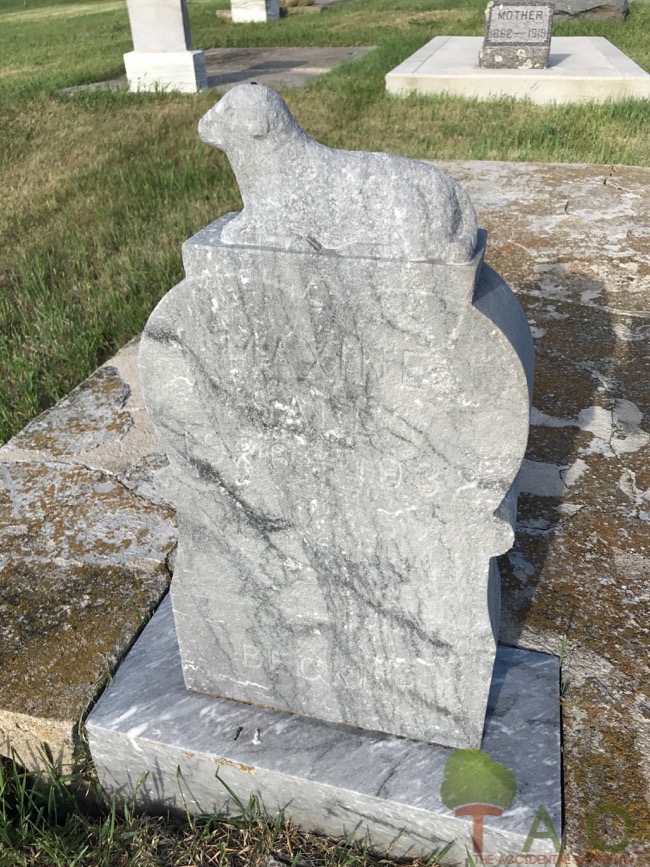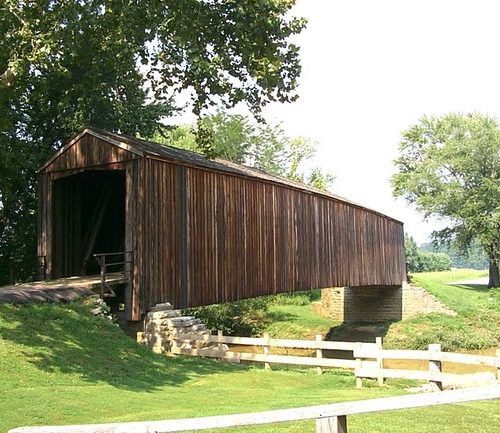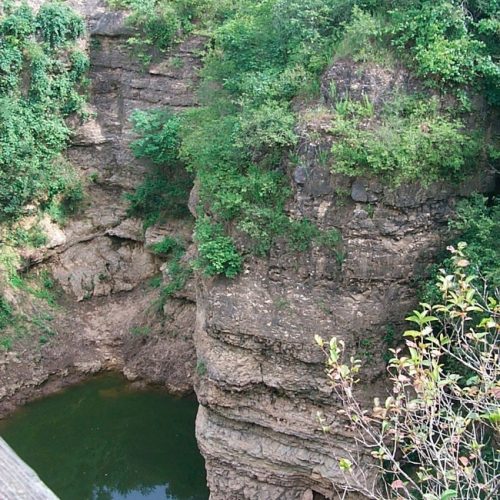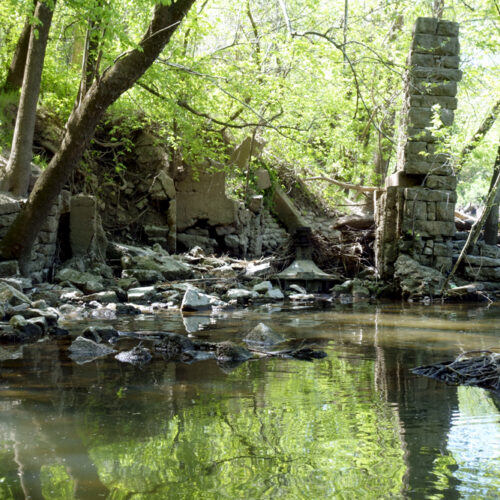“Freedom.” That word kept going through my mind as I observed this small cemetery, located near Ashley, N.D. Formerly known as the Beth Itzchock (House of Isaac) Cemetery, and now called the Ashley Jewish Homesteaders Cemetery, this is the final resting place of farmers and their families from the turn of the last century.
My aunt and uncle in Wishek, N.D., which is to the northwest of this site, mentioned the cemetery to me on a recent trip to North Dakota. It had recently been rededicated. We arranged to stop by on our way to South Dakota. If you have never driven across the prairie, you should. There’s something about land stretching out for miles as far as the eye can see, and a sky that offers continuous change with cloud formations. You feel like you can breathe deeply, and drink in your surroundings.
We almost flew past the small, fenced sites (there are two – one for adults and children and the other for infants) surrounded on 3 sides by cow pastures, approximately 3 miles north of Ashley off 48th Ave. Southeast. The Ashley Jewish Homesteaders Cemetery is all that is left of a segment of US history surrounding the settlement of the Dakotas.
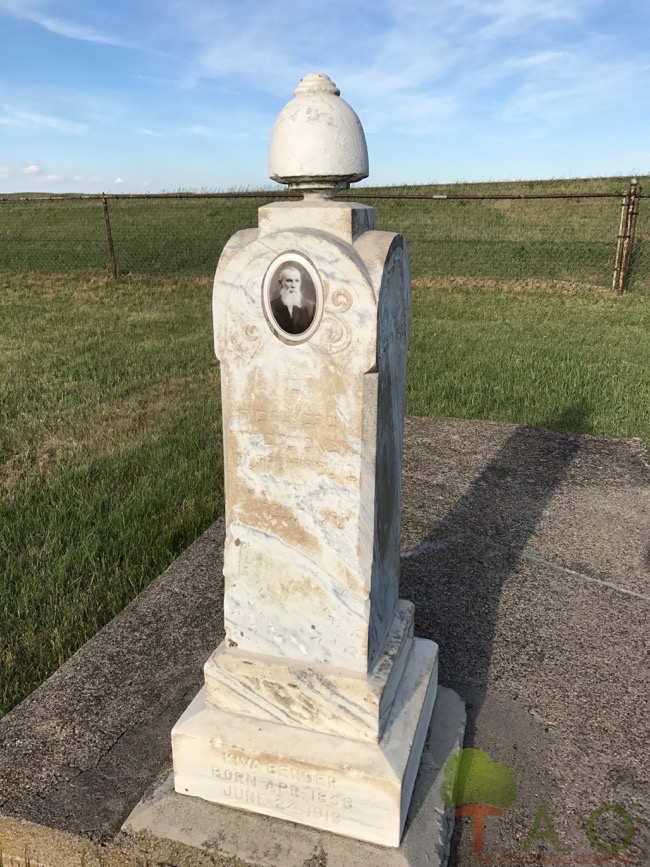
According to the National Register website, this was home to the largest North-Dakota-based Jewish agricultural settlement, located in McIntosh County. North Dakota had the 4th largest population of Jewish homesteaders in the country. After riding on trains from New York to the prairie, the immigrants either rode in buggies or walked in ruts of ox-cart trails from the depot in Eureka, S.D., to Ashley, N.D. At least 1200 Jewish farmers worked 250 homesteads in 50 settlements spread out over 23 counties.
“The McIntosh County Jewish homesteader community was made up of Russian and Romanian immigrants escaping persecution, including the Russian prohibition against Jews owning lawn for farming,” states the National Park Service’s website. “They came to America after pogroms [mass killings of Jews endorsed by the Czarist regime] in their native lands, with a migration of 1.25 million fellow Jews between 1880 and 1920. Unlike the great majority of their Jewish brethren who remained on or near the east coast in bigger cities, they headed to ‘The Great Northwest’ to become farmers.” These farmers appeared in North Dakota during the “second wave of immigration” around 1905, and history records more than 400 people living on 70 to 100 homesteads around Ashley. They called the area Judenberg (Jewish Hills), and felt at home around their German-Russian neighbors, which would have been my grandparents up the road in Wishek and Lehr.
According to the Tilsen Family History website, by the time the Jewish people arrived in North Dakota, the best land had been claimed and settled. As previously noted, these people had been prohibited from owning land in their mother countries, so they learned from experience on the job. The Tilsen Family website states, “Along with their inexperience, they faced drought, insects, early frosts, severe winters, prairie fires, the Spanish flu pandemic, and an economic depression. Nevertheless, through hard work and determination, these homesteaders generally made a success in growing wheat and flax, raising cattle and chickens, and selling cream from the sod houses.”
The Ashley Jewish Homesteaders Cemetery
By 1907, the immigrants in McIntosh County had registered their Jewish congregation, without a house of worship or a rabbi onsite. The cemetery land originally belonged to a female Russian Jewish immigrant, Sarah Bendersky, who homesteaded it in 1906. The first burial took place in 1913 and the last in 1932. It represented the end of the era of the farming Jewish homesteader in McIntosh County. There are 22 marked graves – 18 marble and 4 granite. The graves have Hebrew etched on the stone faces.
The custom of separating infant burials from adults and children is one of Orthodox Jews. According to the book, “The Jewish Way in Death and Mourning,” by Rabbi Maurice Lamm, burying infants in a separate area removed the requirement for their parents to say Kaddish, the mourners’ prayer. It also allowed parents, if they chose, to say Kaddish for several deceased children buried in one area. Based on newspaper articles from those times, there are at least 3 other unmarked infants’ graves and 1 adult’s grave here.
 The National Parks Service of the Department of the Interior named this site to the National Historic Register on Nov. 17, 2015, as “a significant historic property, worthy of preservation.”
The National Parks Service of the Department of the Interior named this site to the National Historic Register on Nov. 17, 2015, as “a significant historic property, worthy of preservation.”
More information about Jewish settlers is available at the Historic Preservation Office at the State Historical Society of North Dakota in Bismarck.

For more information about the Ashley Jewish Homesteaders Cemetery, visit these websites:
http://www.tilsen.org/ashley/registryannouncement.pdf
https://www.nps.gov/nr/feature/places/15000807.htm
https://www.nps.gov/nr/feature/places/pdfs/15000807.pdf



